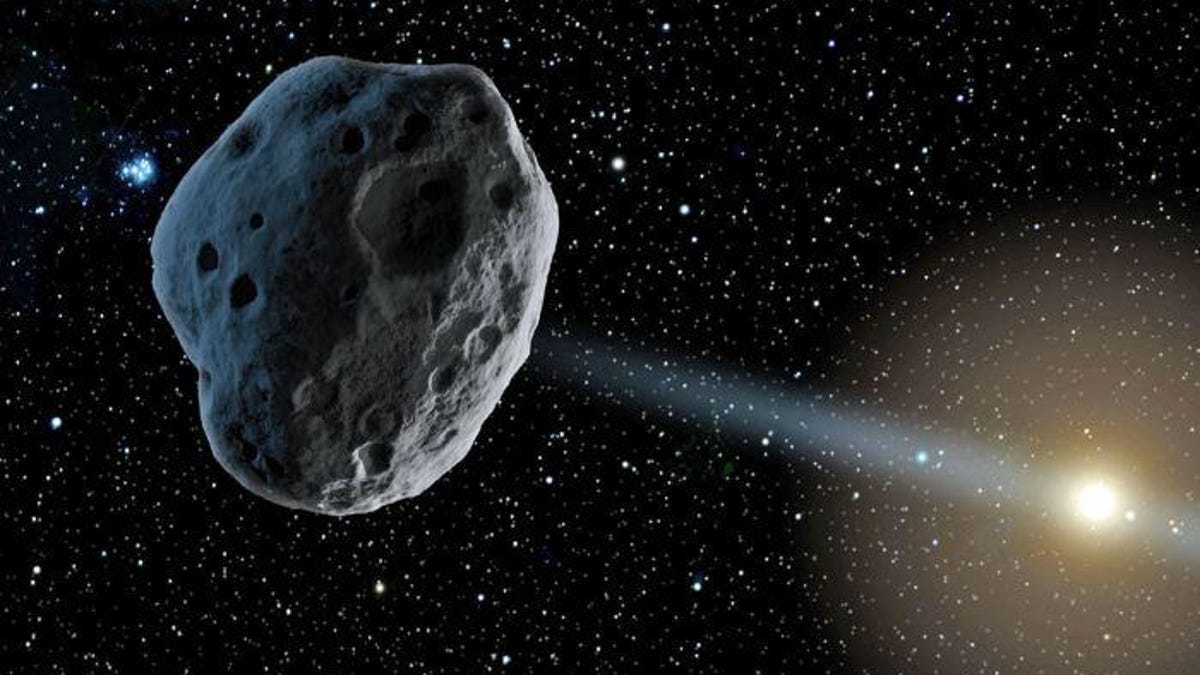How to spot the massive asteroid passing by Earth right now
Its name is Florence, and it's basically a mountain speeding through space. Here's how to catch it as it zips by as close as it will come in our lifetimes.

A mountain-sized asteroid named Florence is passing closer by Earth this week than it will for the next 400 years. While the space rock poses no threat of sending us to oblivion the way the dinosaurs went, it is possible to see it even now as it starts buzzing by.
Officially designated 3122 Florence, the hunk of cosmic junk is 2.7 miles (4.4 kilometers) across and will come within around 4.4 million miles (7 million kilometers) of us at its closest approach on Thursday. That's several times farther out than the moon, so you can breathe easy, but it will be Florence's closest pass since 1890 and until at least 2500, according to Sky & Telescope.
NASA says this is the largest asteroid to pass so close by since the agency started tracking near-Earth asteroids.
So if this month's total solar eclipse has inspired a newfound love of sky watching, here's your chance to catch another rarity of the cosmos and you don't even have to endure hordes of traffic to see it.
"Despite some interference from moonlight, 3122 Florence should be fairly easy to spot in even modest backyard telescopes," says Kelly Beatty, a senior editor at Sky & Telescope.
The magazine has created a series of charts, including the one above, to help North American observers plot the path of Florence against the backdrop of stars and constellations when it reaches its period of peak brightness, which has already started this week and continues roughly through September 3. The ideal time for viewing will be late evening when the asteroid is high overhead.
If you're not in North America, Universe Today also has some more helpful observation tips.
Of course, the easiest way to check out the odd sight of a detached mountain passing us by at high speed will be to do it in the comfort of your own home or wherever you can return to this page and watch via the webcast embedded below, courtesy of the Virtual Telescope Project.
The live broadcast with commentary of the astroid at its closest approach starts Thursday at 12:30 p.m. PT. See you then!
Technically Literate: Original works of short fiction with unique perspectives on tech, exclusively on CNET.
Crowd Control: A crowdsourced science fiction novel written by CNET readers.

